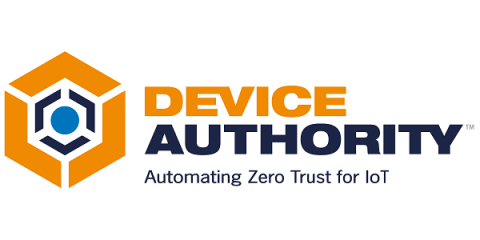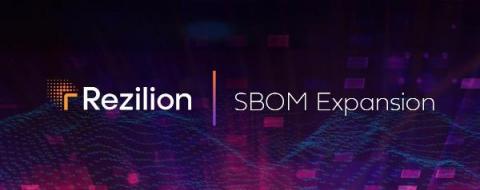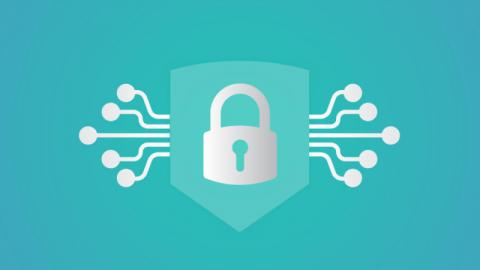Can SBOM Help Cyber Attackers?
During our recent webinar hosted by Device Authority’s Tyler Gannon and Imagination Technologies Marc Canel (Does new IoT security legislation make Zero Trust the only strategy?). We ran a poll asking attendees about their understanding of SBOM; one of the options was “SBOMs are a roadmap to the attacker”.










